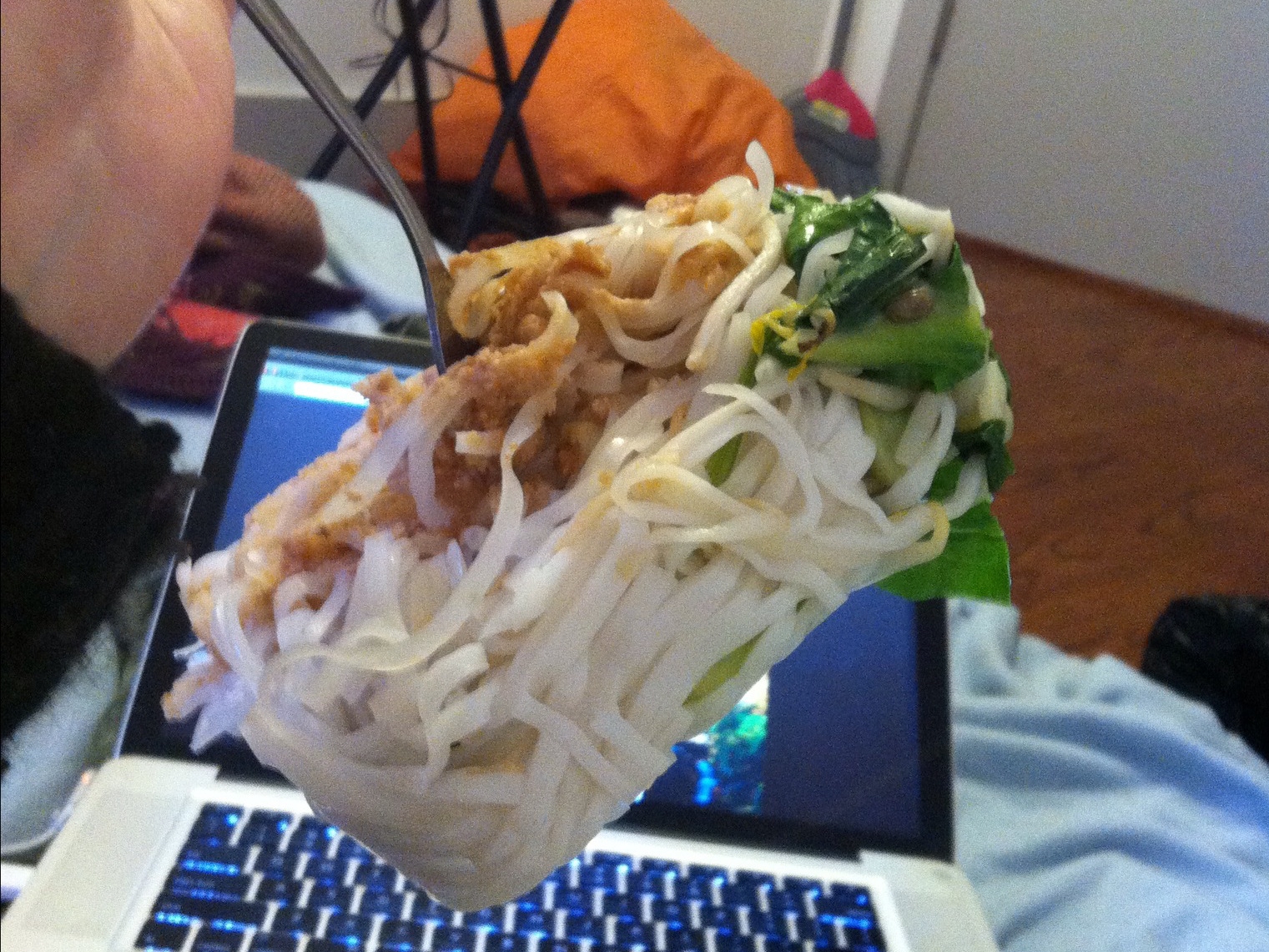My new favorite craft: needle painting / embroidery
/Violet the rabbit, 4”
I’ve always loved crafts- specifically the kitschy, grandmotherly ones like embroidery.
I first discovered embroidery when I was around seven or eight years old. As a child of the 90s, I was always sewing clothes for my beanie babies and the craft kit section at Joann Fabrics was one of my favorite places. I remember my first embroidery project was stitching an outline of a kitten in a basket, using all pink thread, onto a light green tank top. I proudly wore my kitten embroidery and told anyone who would listen about how I stitched it myself, but embroidery was only one of several craft hobbies I had at the time, and my obsession with making fairy dolls out of yarn and fairy houses out of shoe boxes came next, so many years passed without another embroidery project.
After this past year of no longer being on Instagram, I found myself with fewer time-wasting distractions. With my only remaining social media being Pinterest, it was only a matter of time before I would start looking at embroidery projects and become inspired to pick it back up again.
The first project I worked on this past year was a little patch which I made for my Mom. I didn’t draw a design for this one, I just freehand stitched some bluebells using a french knot technique. It was a very simple project, but it was my first time using several new stitch techniques and I learned a lot in the process.
After spending more time learning about embroidery, I came across the work of an embroidery artist named Vera Shimunia. Her artwork mainly consists of colorful landscapes which she renders using thread and a technique called needle painting or thread painting. It’s essentially using threads to create the look of brushstrokes, and I had never seen anyone do this before, so I started learning all about it and I was really excited to practice the technique myself.
Inspired by an original design by embroidery artist, Vera Shimunia. 4”
For my first needle painting landscape project, I decided to try to replicate one of Vera’s designs so I could learn more about how it works before attempting to draw and then embroider my own design, so I stitched my own version of one of her beautiful moonscapes, using her artwork as a reference.
After completing this project, I finally felt like I was starting to understand the technique a bit more and realized that needle painting is just a study of light and shadow, just like photography or life drawing.
I was feeling ready to draw my own designs so I decided to try making a portrait of my rabbit, Violet.
I started by doing a couple of practice sketches on paper, using a photo of her as a reference. Then, after practicing for a bit I drew the outline onto some fabric using a pen. I began by placing stitches around the tips of her ears and worked my way down.
This was my first time using a blending technique called the long and short stitch, where you blend different colors and tones of threads together by laying them down in a series of long and short stitches. An embroidery artist named Trish Burr has written a many books on the technique and also has some very helpful videos available.
A few inspiring embroidery artists:
Chloe Giodorno - beautiful densely embroidered teeny tiny woodland creatures
Emillie Ferris - masterfully realistic pet portraits with insane amounts of detail
Vera Shimunia - amazing landscape thread paintings using rainbow-hues and a brilliant understanding of light
Trish Burr - delicate and detailed birds & flowers, many teaching resources for those who want to learn needle painting
The reference Photo of Violet
After embroidering three very different subjects in the past year, I had the most fun working on the portrait of my rabbit, Violet, so I plan to continue to practice pet portraits and focus on learning and improving my realistic portraiture rendering. Someday, I’d love to offer custom embroidered pet portraits and other embroidery pieces here on my blog.
If you’re mostly here for the healthy vegan recipes, don’t worry! I will be continuing to make and share my most favorite recipes alongside occasional posts related to my artwork, plant-based nutrition, and updates on our house-building project, which should hopefully start in the spring. ✿








































































